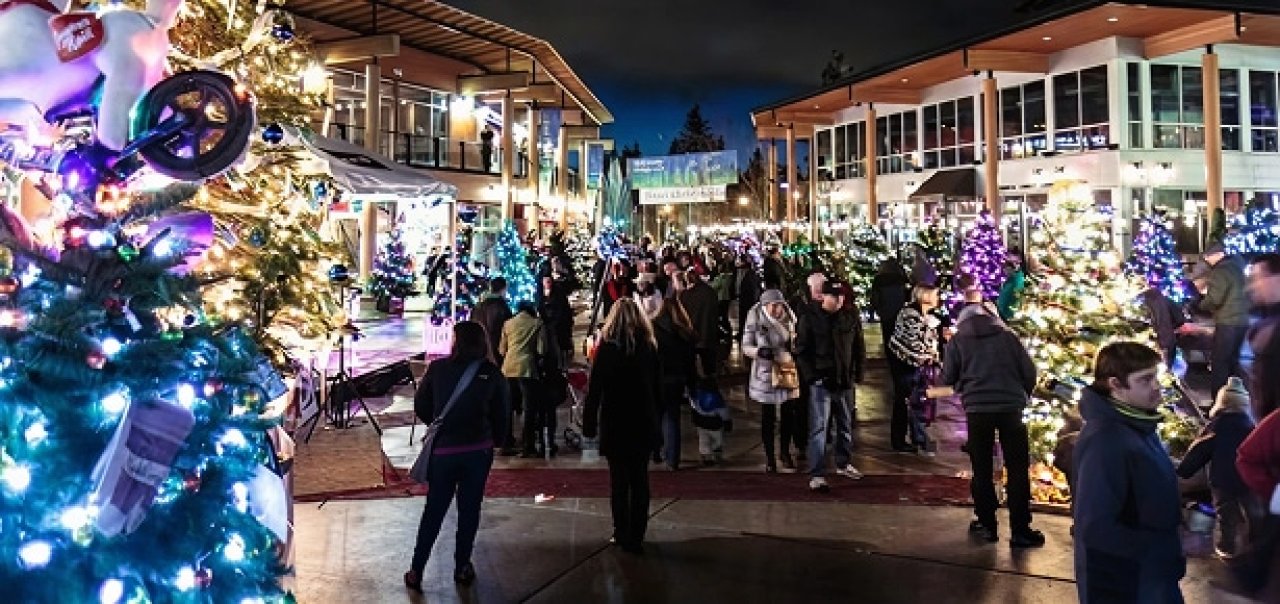News
& Events
Hi there neighbours, and a very warm welcome to our blog. Where the real news of a community is shared. Sit down and stay awhile…. and check back regularly, so we can keep you in the Lynn Valley loop.
Filter by Category
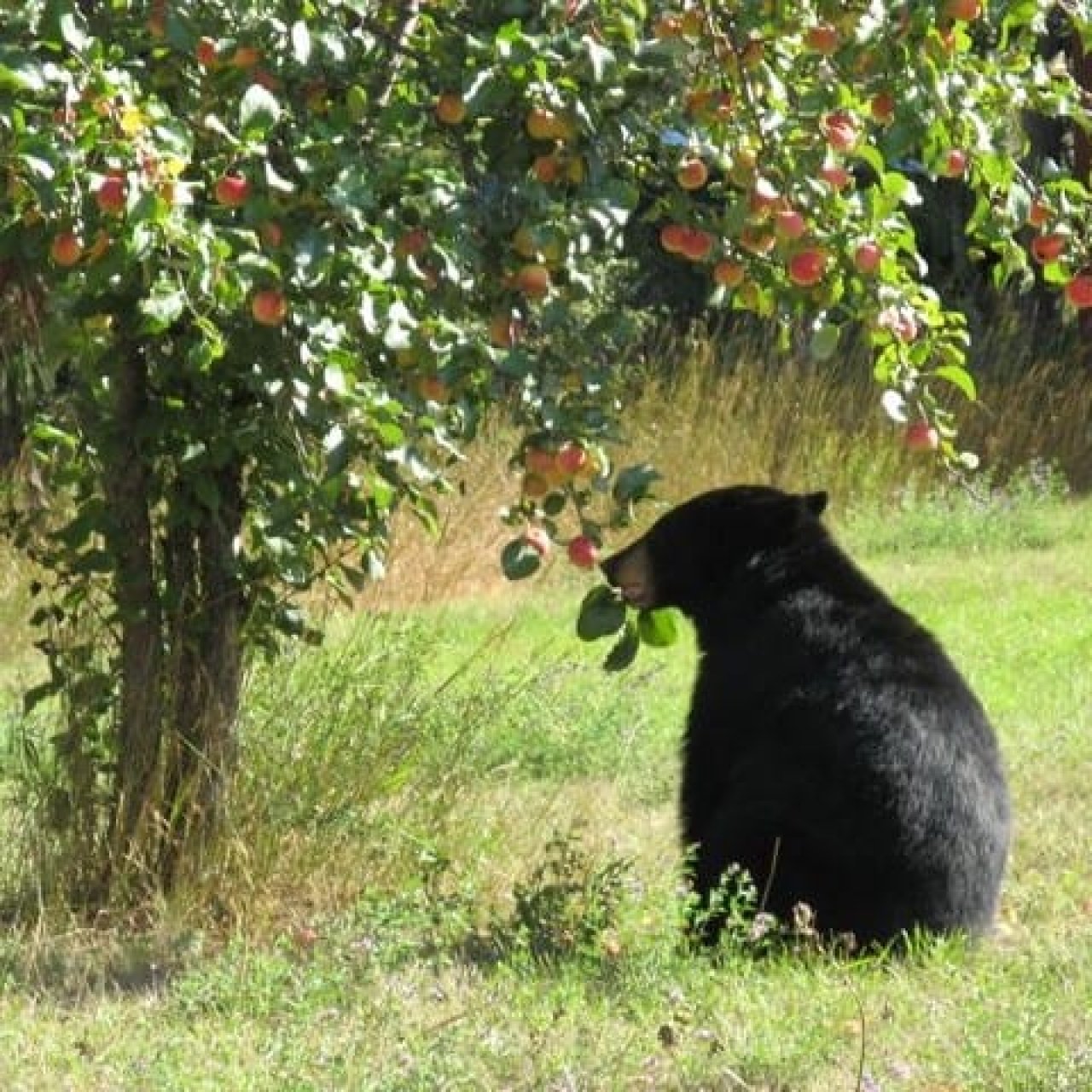
September 10, 2025
Pre-hibernation bear awareness
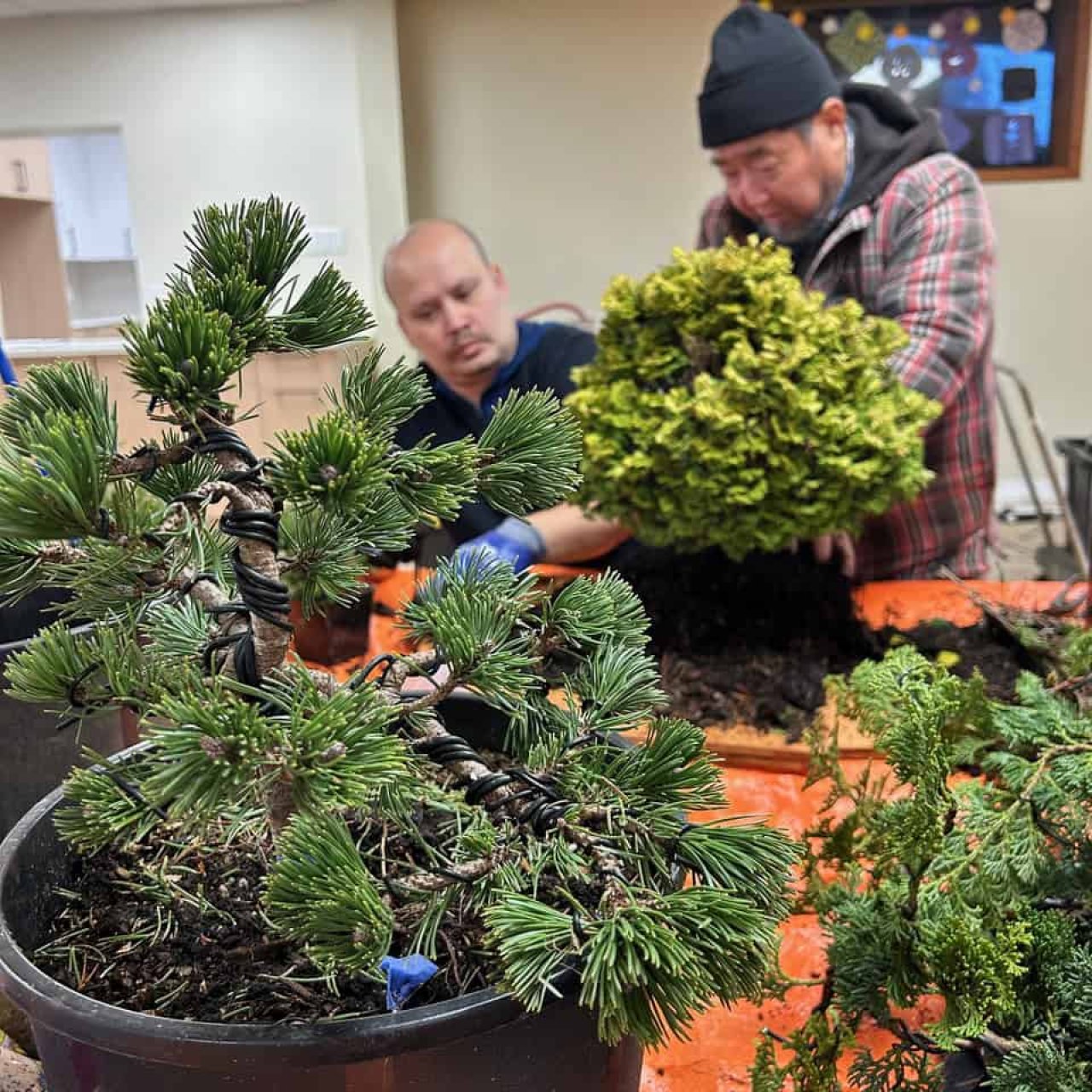
April 2, 2025
From tallest to smallest: Bonsai take hold in Lynn Valley
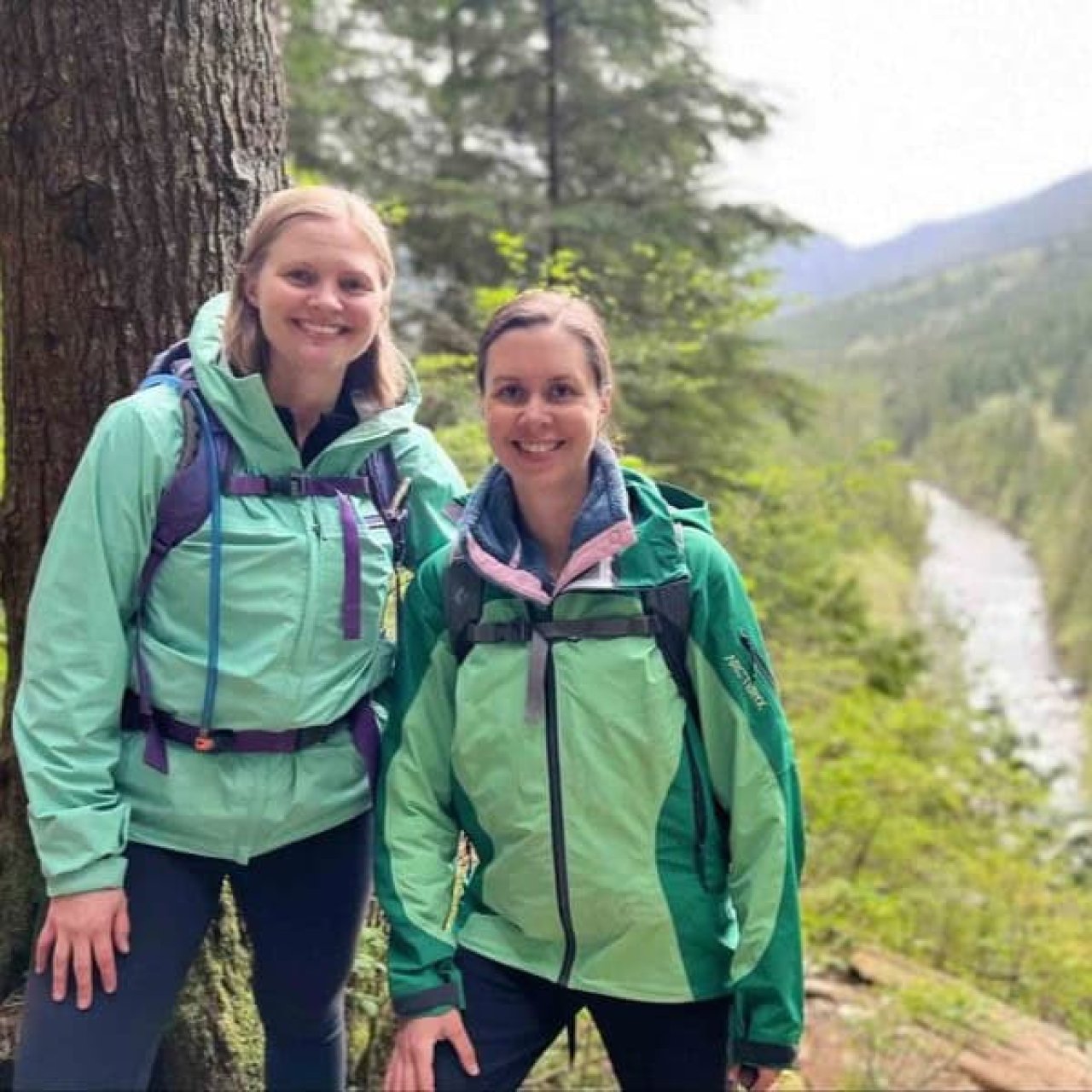
March 2, 2025
Helping kids to heal outside

February 4, 2025
Photo session

November 5, 2024
Water damage

October 4, 2024
New program showcases versatility of cargo bikes

September 5, 2024
A new watershed moment
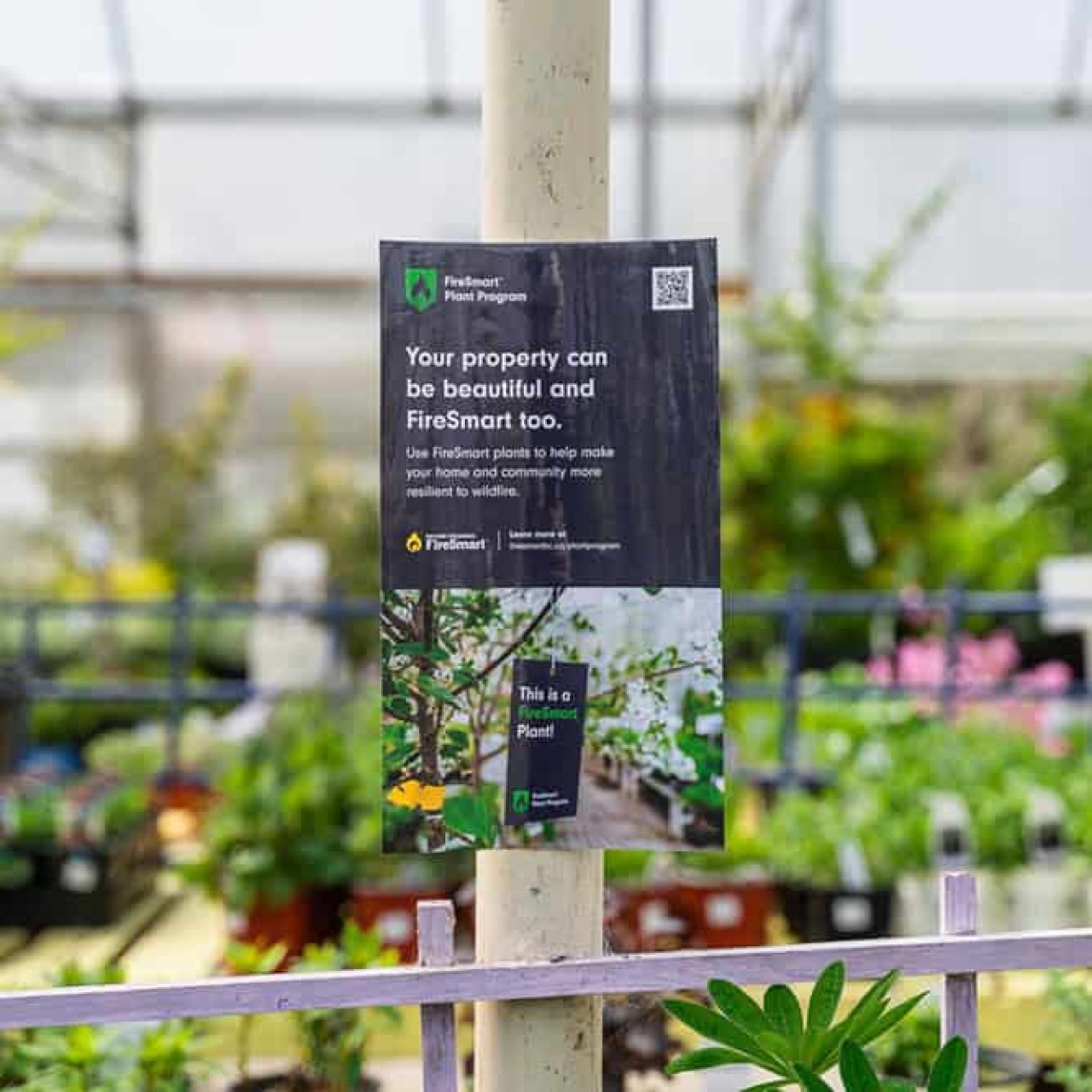
July 1, 2024
Planting for protection
Community Calendar
-
Jan 96:30 PM - 8:30 PMRoyal Canadian Legion Branch 114, 1630 Lynn Valley Rd, North Vancouver, BC V7J 2B4, Canada
-
Jan 10
Meat Bingo
2:00 PM - 4:00 PMRoyal Canadian Legion Branch 114, 1630 Lynn Valley Rd, North Vancouver, BC V7J 2B4, Canada -
Jan 11
Prenatal Yoga
11:00 AM - 12:00 PMMollie Nye House -
Jan 13
Pins & Needles
1:00 PM - 2:30 PMLynn Valley Library 1277 Lynn Valley Rd, North Vancouver BC V7J 0A2, Canada
